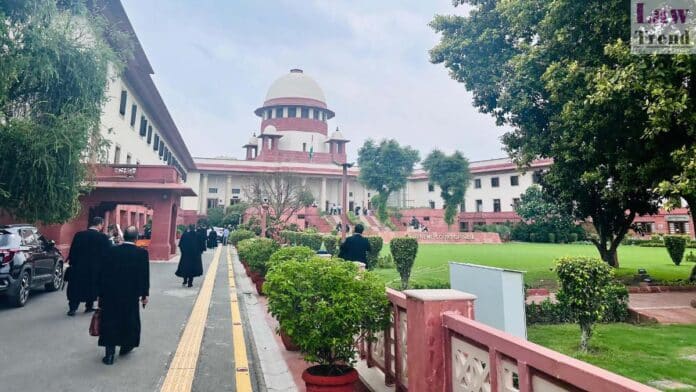In a significant judgment impacting Delhi’s electricity distribution landscape, the Supreme Court on Wednesday directed that regulatory assets amounting to ₹27,200.37 crore, including carrying costs, be paid to the city’s three private discoms within a maximum period of four years, starting April 1, 2024.
The verdict was delivered by a bench comprising Justice P. S. Narasimha and Justice Sandeep Mehta, in response to petitions filed by BSES Rajdhani Power Ltd (BRPL), BSES Yamuna Power Ltd (BYPL), and Tata Power Delhi Distribution Ltd (TPDDL). The discoms had challenged the Delhi Electricity Regulatory Commission’s (DERC) past tariff orders, which they claimed resulted in mounting unrecovered dues now classified as regulatory assets.
As of March 31, 2024, the unrecovered dues stood at ₹12,993.53 crore for BRPL, ₹8,419.14 crore for BYPL, and ₹5,787.70 crore for TPDDL — collectively ₹27,200.37 crore.
What are Regulatory Assets?
Clarifying the concept, the court explained that a “regulatory asset” in electricity tariff regulation is an intangible asset created by the regulatory commission to recognise revenue shortfalls incurred by distribution licensees. These shortfalls arise when approved tariffs do not cover the full costs incurred, with the expectation that such losses will be recovered in future tariff cycles.
Justice Narasimha, writing the 82-page opinion, observed:
“This portion of the revenue requirement is not included while determining the tariff for the particular year. Rather, the distribution company is entitled to receive or recover such revenue in the future, over a period of time.”
Court’s Key Directions
The apex court laid down a structured framework for the management and liquidation of regulatory assets, holding that:
- Regulatory assets must not exceed three per cent of the Annual Revenue Requirement (ARR), in line with Rule 23 of the Electricity Rules.
- Any regulatory asset created must be liquidated within three years, with a maximum of four years allowed for the current outstanding dues, starting April 1, 2024.
- Regulatory Commissions must provide a clear roadmap for liquidation, including treatment of carrying costs (interest burden borne by discoms).
- A strict and intensive audit must be undertaken to examine the reasons for delay in recovery and creation of regulatory assets.
- The Appellate Tribunal for Electricity (APTEL) must oversee compliance using its statutory monitoring powers.
Warning Against Regulatory Laxity
The court acknowledged the utility of regulatory assets in smoothing tariff adjustments but cautioned against their misuse:
“Unchecked growth of regulatory assets reflects regulatory failure and disproportionately burdens consumers.”
It reiterated that electricity, being a public good, must be regulated to ensure equitable and affordable access. It also emphasised that tariffs must remain cost-reflective and revenue gaps allowed only in exceptional cases.




